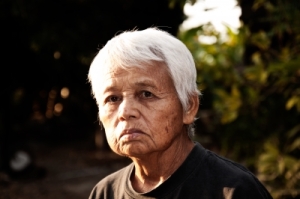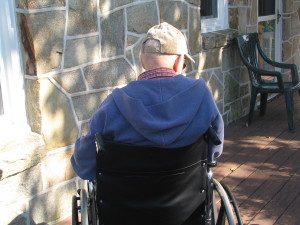When we think about nursing home abuse and neglect, most of us imagine a scenario in which a healthcare professional or nursing home employee mistreats an elderly resident. However, a recent study conducted by Cornell University Weill Medical College found that many facilities actually see “a high level of resident-to-resident elder mistreatment.”
Nursing home abuse can take many different forms, and it can result in serious and life-threatening injuries to your elderly loved one. If you believe that your parent has been the victim of nursing home abuse or neglect, do not hesitate to contact an experienced San Diego elder abuse lawyer.
 Aggressive Encounters with Fellow Residents
Aggressive Encounters with Fellow Residents
 Southern California Nursing Home Abuse Lawyer Blog
Southern California Nursing Home Abuse Lawyer Blog


 Elder Abuse Prevention Grants to the City of Los Angeles
Elder Abuse Prevention Grants to the City of Los Angeles

 According to the news story, the new rating system will be the first of its kind in California. The ratings will be based on several different factors, and the Board of Supervisors hopes that the system will allow families to make informed decisions about the care of their elderly loved ones. The system is still in its early stages, but the Board of Supervisors unanimously approved its creation, emphasizing the need to protect older adults from physical, emotional, and sexual abuse in Southern California facilities.
According to the news story, the new rating system will be the first of its kind in California. The ratings will be based on several different factors, and the Board of Supervisors hopes that the system will allow families to make informed decisions about the care of their elderly loved ones. The system is still in its early stages, but the Board of Supervisors unanimously approved its creation, emphasizing the need to protect older adults from physical, emotional, and sexual abuse in Southern California facilities.










